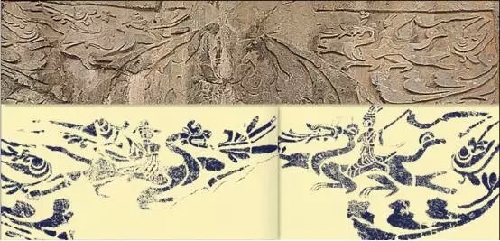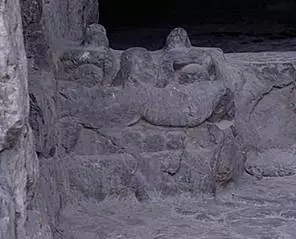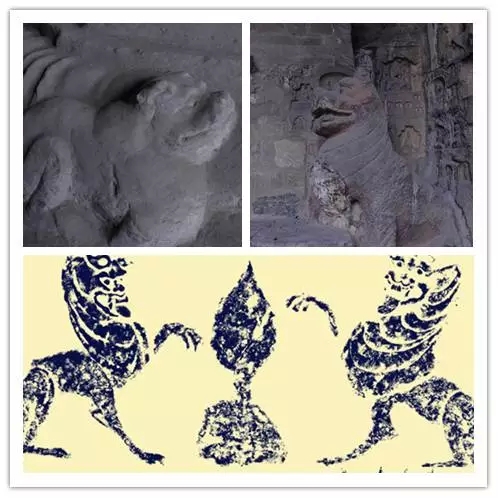Decoding the animals at Longmen Grottoes
Updated: 2015-12-25
The Chinese people equate many animals with luck and auspiciousness. They also decorate their apparel and houses with animal patterns. At Longmen Grottoes, the sanctuary of Buddhist art, which embodies the deep values of Buddhist culture, as brilliant artistic treasures, animal statues or patterns can be seen at many places here.
Chinese dragons, also known as Loong in Chinese are the most favorable decorative patterns used in the sculptures and carvings here. The legendary creature traditionally symbolizes potent and auspicious powers in Buddhism.
 |
| The lintel of the Huoshao Cave [Photo / Longmen Grottoes on WeChat] |
 |
|
The gate pier of the North Binyang Cave [Photo / Longmen Grottoes on WeChat] |
Lions, which are believed to symbolize the fearlessness and greatness of the Buddha, are a highly visible here. The unique lion statues show different manners. Some are naïve and cute, while some are majestic and fierce. Other lions in carvings are mostly the ride for Bodhisattva Manjusri or serve outside the caves as creatures protecting the Buddhas.
 |
|
Images of lions in Longmen Grottoes [Photo / Longmen Grottoes on WeChat] |






